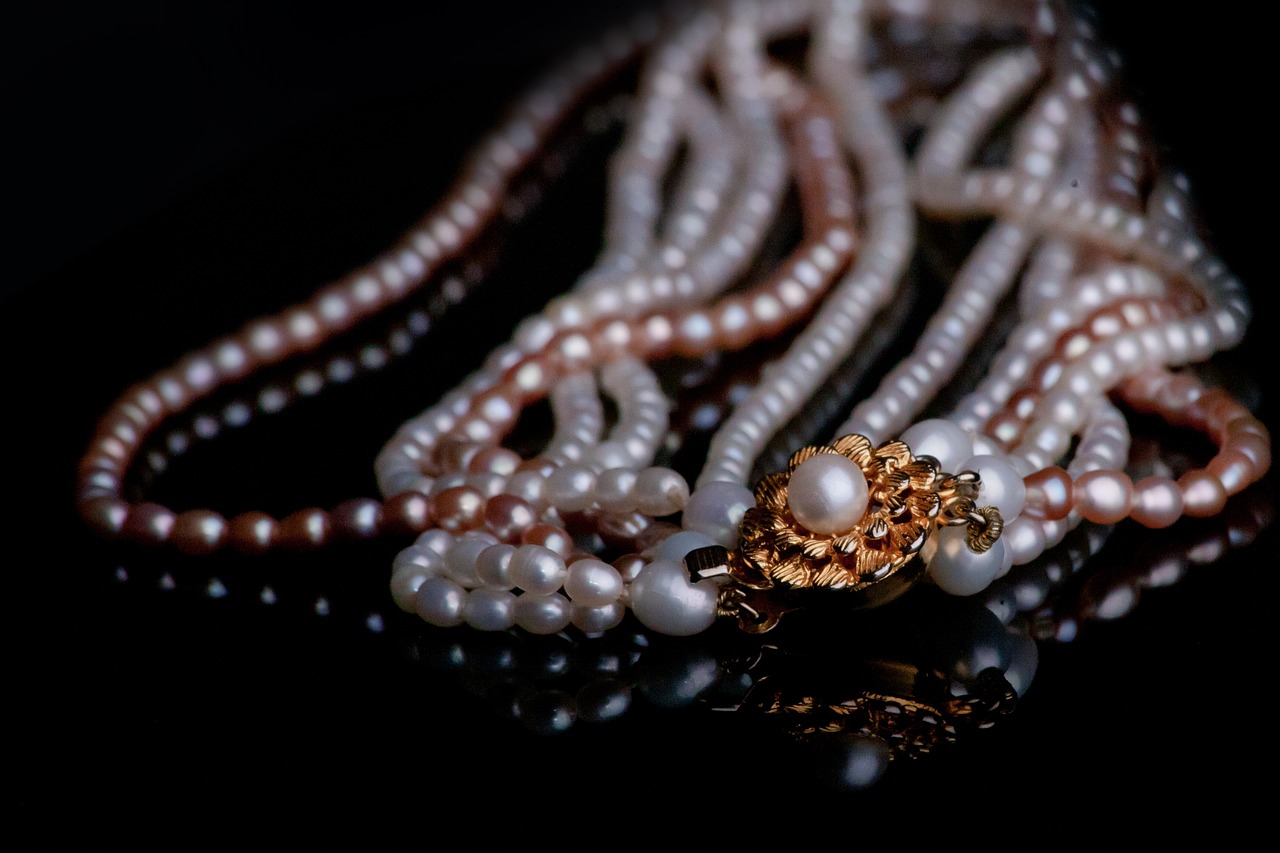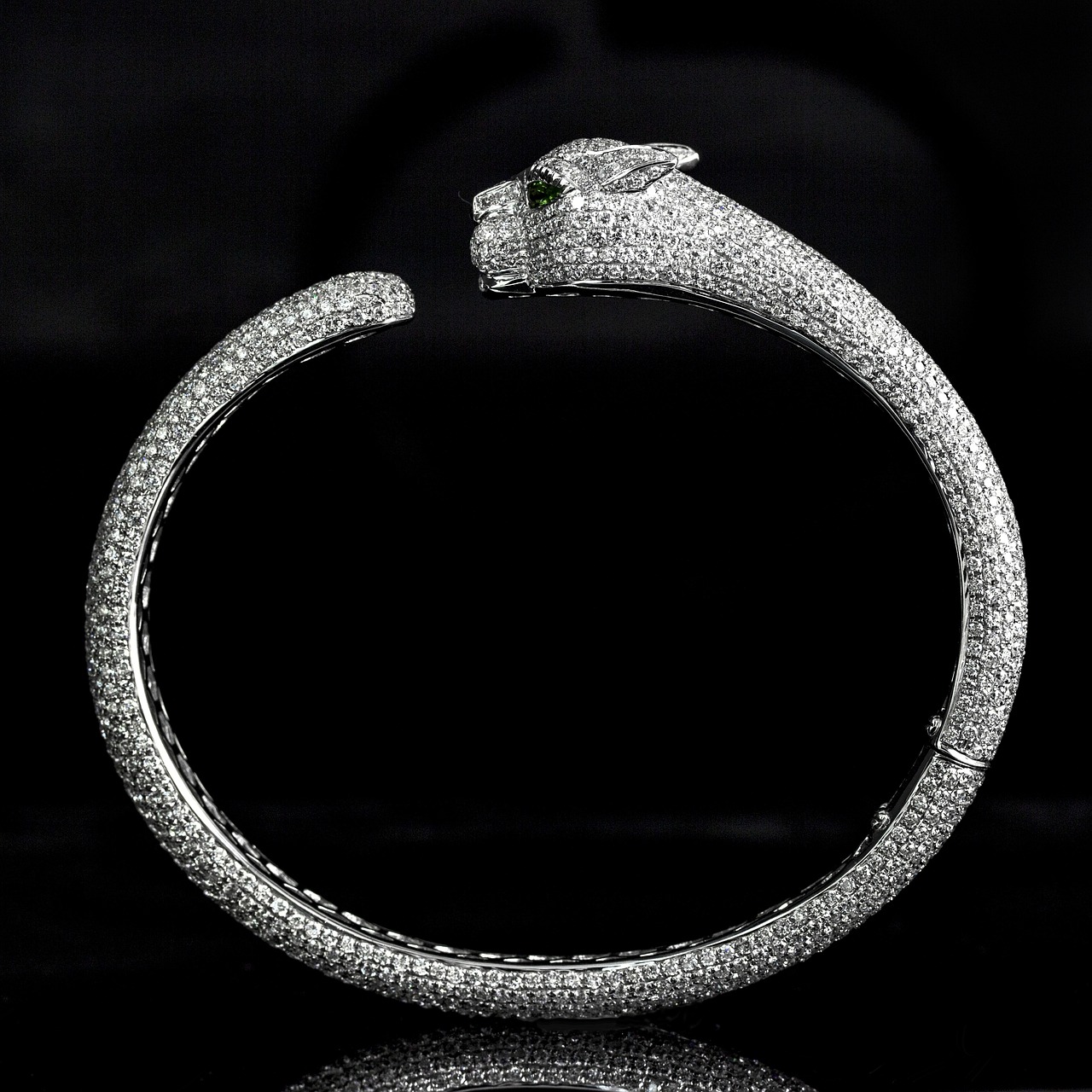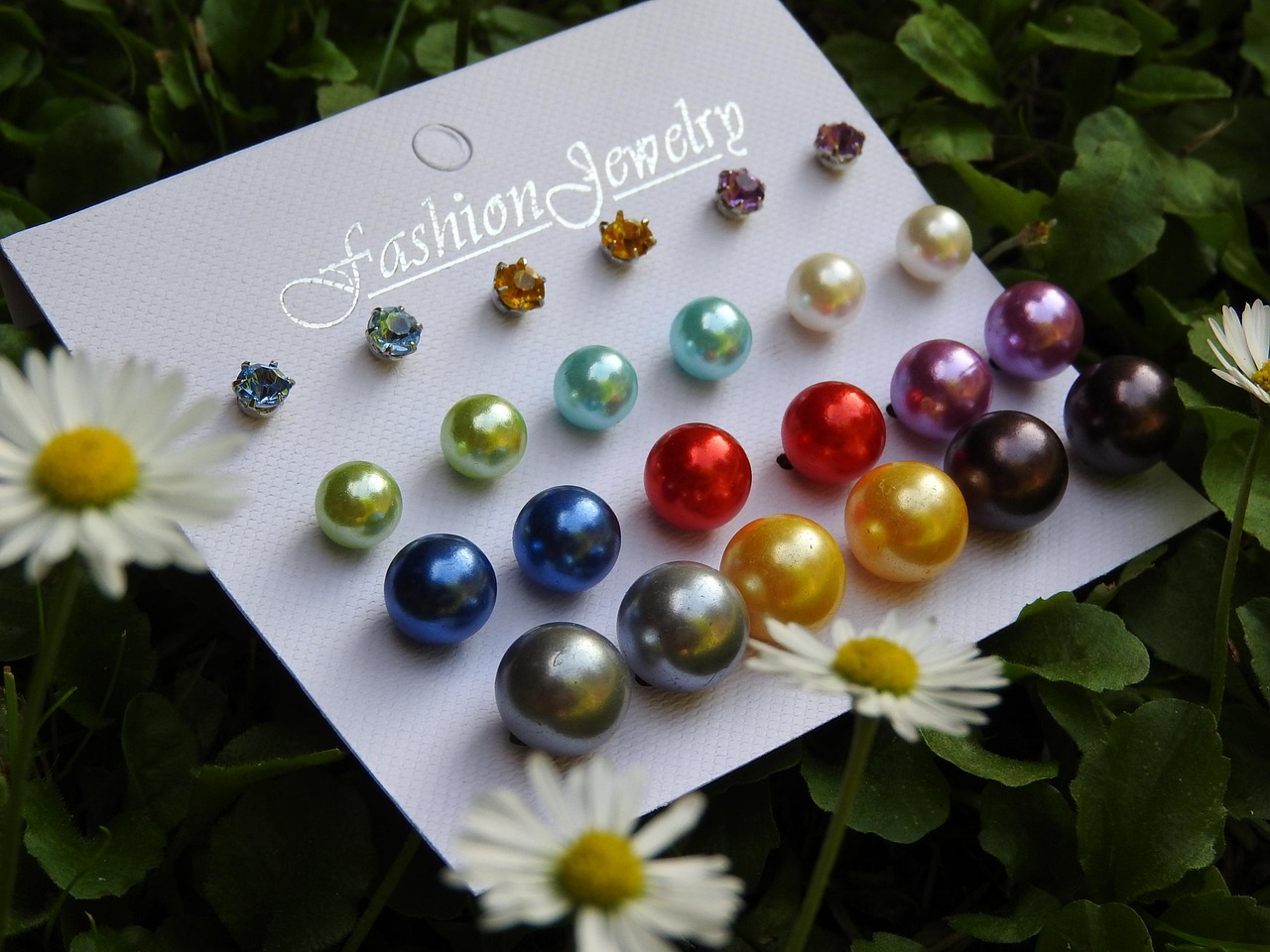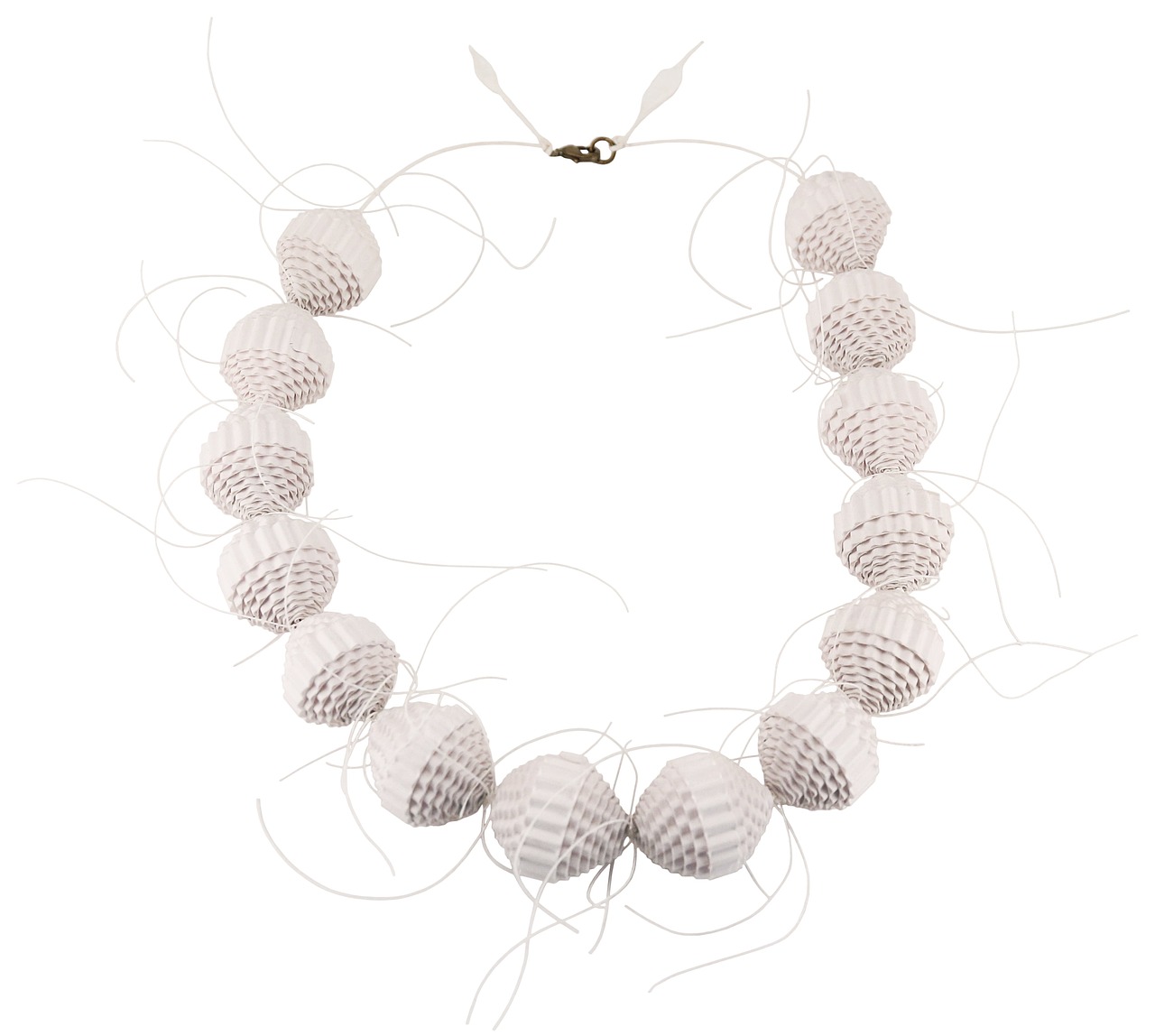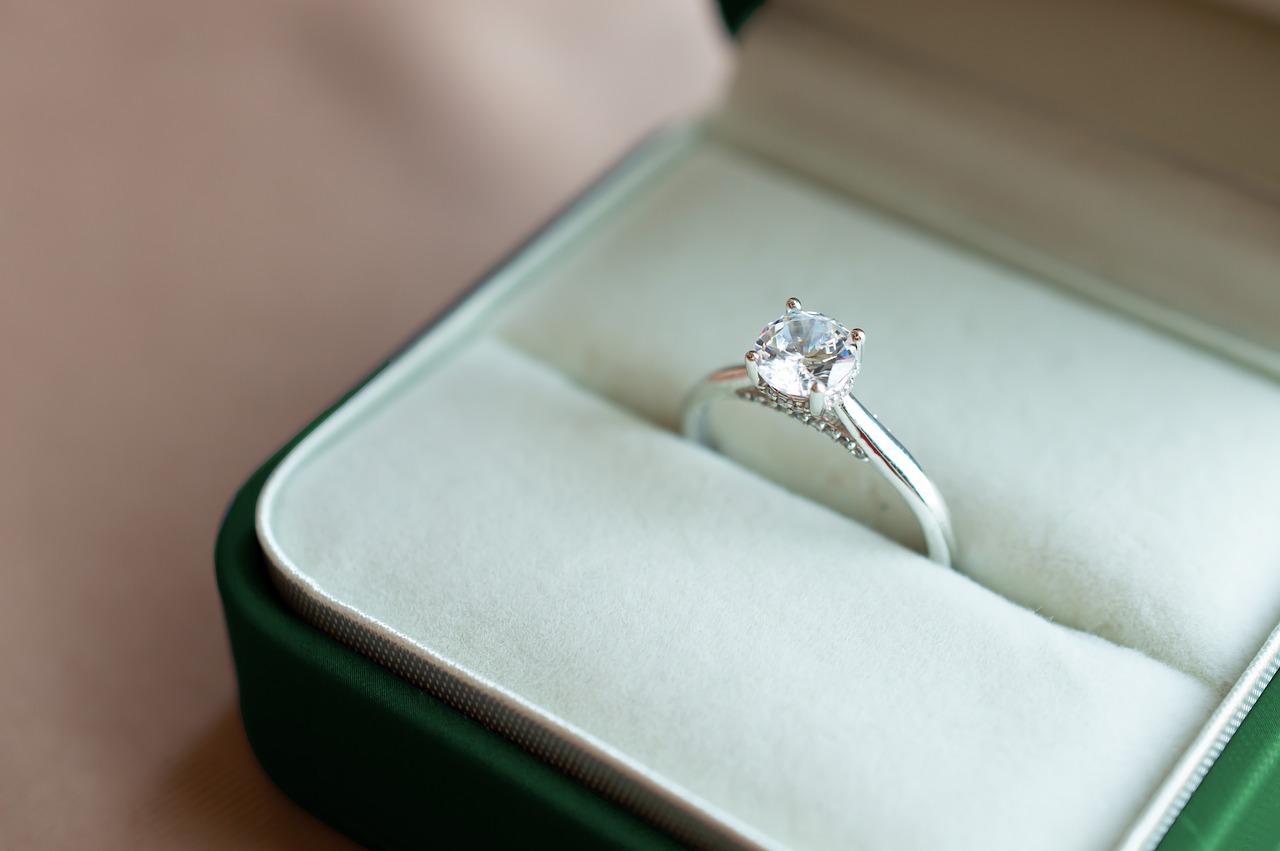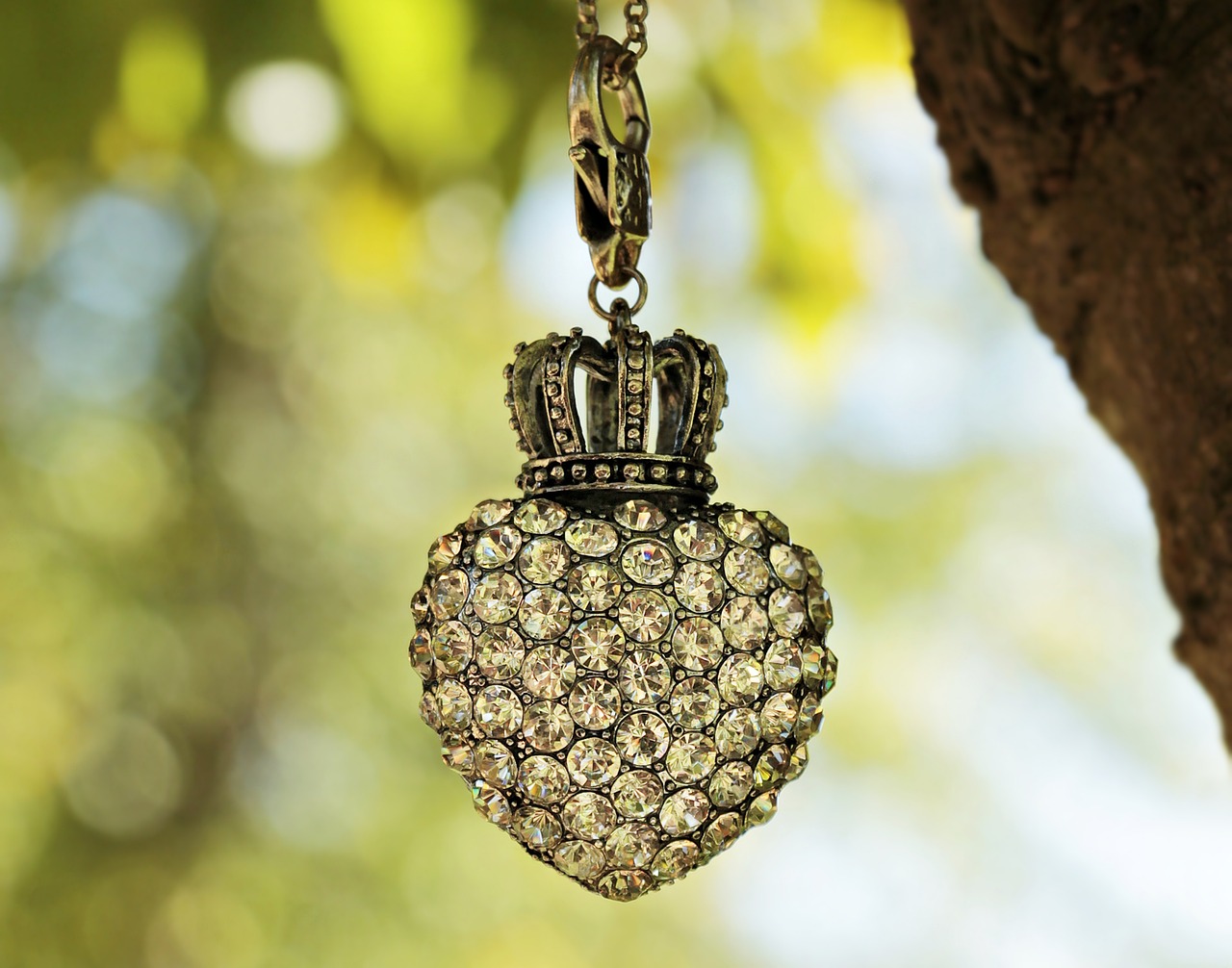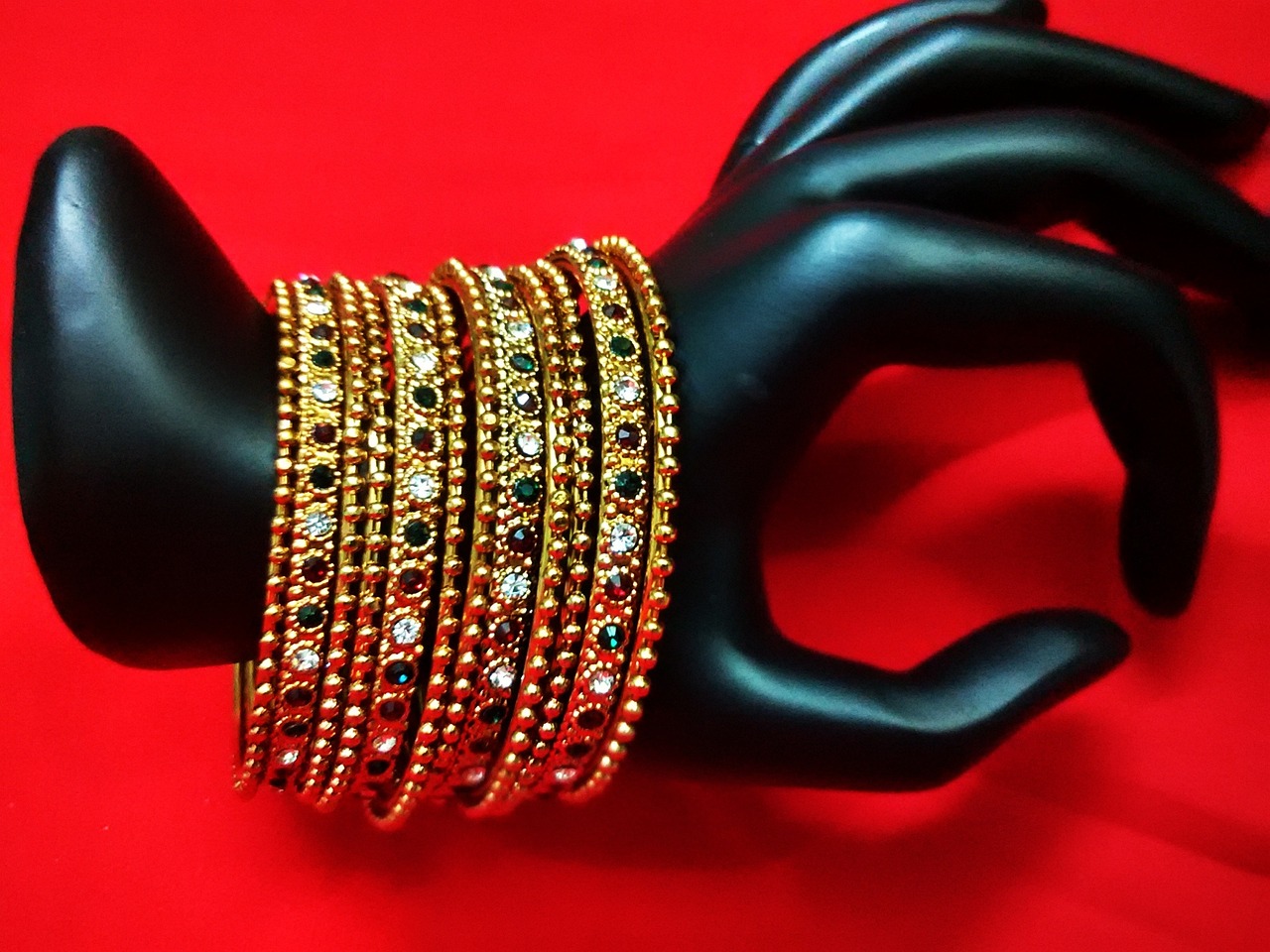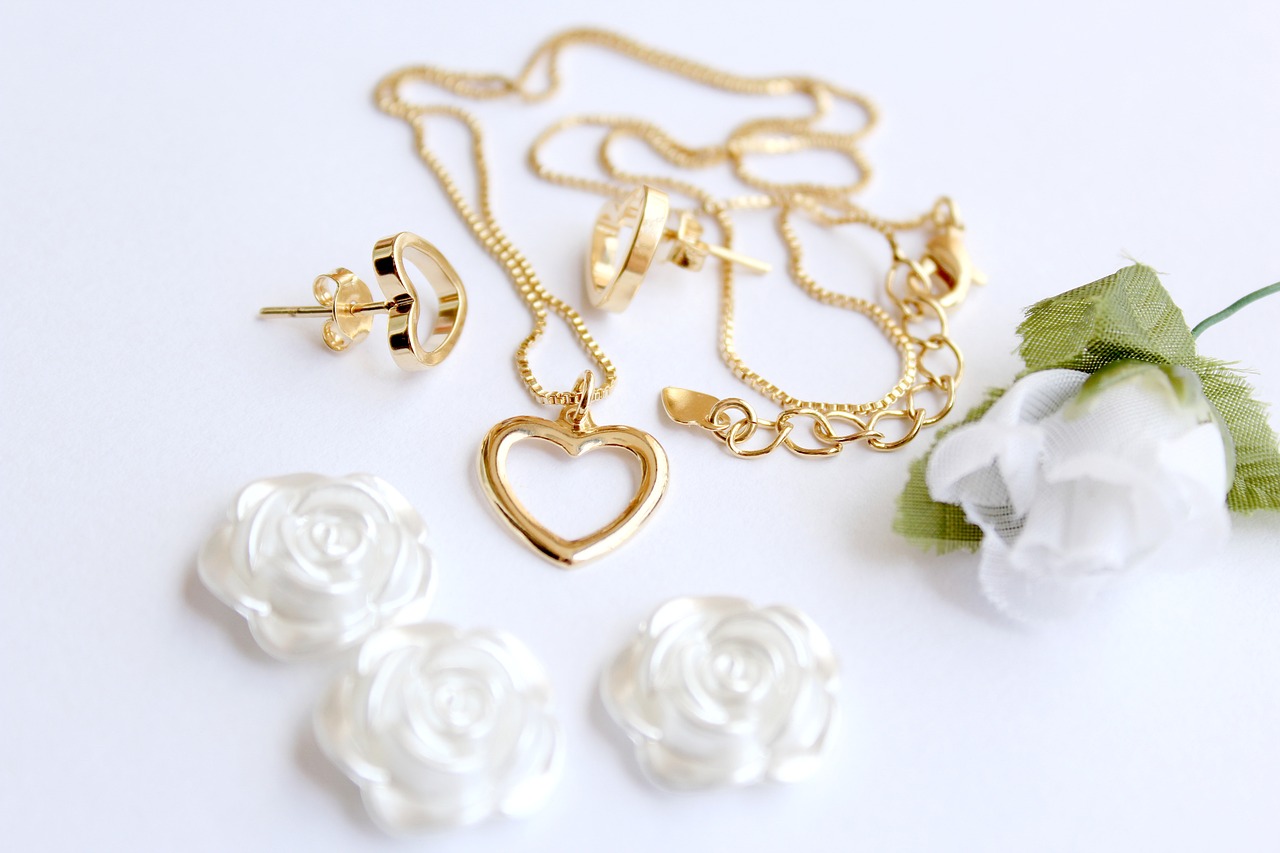This article explores the pros and cons of selling jewelry through two of the world’s most prestigious auction houses, Sotheby’s and Christie’s, to determine their value for sellers. Both auction houses have a long-standing reputation for handling high-value items, making them appealing options for individuals looking to sell their jewelry.
What Are Sotheby’s and Christie’s?
Sotheby’s and Christie’s are globally recognized auction houses that have been in operation for centuries. Sotheby’s was founded in 1744, while Christie’s was established in 1766. Both have evolved to become leaders in the auction industry, specializing in fine art, antiques, and, notably, jewelry. Their extensive networks and expertise provide sellers with unique opportunities to reach affluent buyers.
How Do Auction Houses Evaluate Jewelry?
Auction houses employ expert appraisers who assess jewelry based on several criteria, including:
- Quality: The craftsmanship and condition of the piece.
- Provenance: The history of ownership, which can significantly impact value.
- Market Demand: Current trends and buyer interest in specific types of jewelry.
This thorough evaluation process is crucial, as it determines the expected sale price and the auction strategy that will be employed.
What Are the Benefits of Selling Through Sotheby’s?
Selling through Sotheby’s offers several advantages:
- Global Clientele: Sotheby’s attracts a diverse, international audience, increasing the chances of finding a buyer willing to pay top dollar.
- Expert Marketing: The auction house invests in marketing campaigns that highlight the jewelry, enhancing visibility and desirability.
- Reputation: Sotheby’s is known for high-quality auctions, which can elevate the perceived value of the items sold.
What Are the Benefits of Selling Through Christie’s?
Christie’s also provides unique benefits for sellers, such as:
- Personalized Service: Sellers often receive tailored advice and support throughout the selling process.
- Specialized Auctions: Christie’s holds dedicated jewelry auctions that can attract serious collectors.
- Strong Online Presence: With a robust online platform, Christie’s can reach a broader audience, particularly appealing to younger buyers.
What Are the Fees Involved in Selling Jewelry?
Both auction houses charge various fees that sellers need to be aware of:
- Seller’s Commissions: Typically, a percentage of the final sale price.
- Marketing Costs: Expenses related to promoting the jewelry.
- Insurance Fees: Coverage during the auction process.
Understanding these fees is essential for accurately assessing potential profits.
How Does the Auction Process Work?
The auction process at both Sotheby’s and Christie’s involves several critical steps:
- Consignment: Sellers submit their jewelry for evaluation.
- Cataloging: Items are photographed and described for auction catalogs.
- The Auction Event: Jewelry is presented to bidders, either in-person or online.
Familiarity with this process can help sellers navigate it effectively and maximize their outcomes.
What Should Sellers Consider Before Choosing an Auction House?
Before making a decision, sellers should evaluate:
- Specialization: Does the auction house have a strong track record with similar items?
- Reputation: What do past sellers say about their experiences?
- Past Performance: How have similar items performed in previous auctions?
How Do Market Trends Affect Jewelry Sales?
Market trends play a significant role in determining the success of jewelry sales at auction. Sellers should stay informed about:
- Current Trends: Styles and materials that are currently in demand.
- Seasonal Changes: How certain times of the year may affect buyer interest.
Timing sales strategically can lead to higher returns.
What Are Common Mistakes to Avoid When Selling Jewelry?
To improve the selling experience, sellers should avoid common pitfalls:
- Underestimating Fees: Not accounting for all associated costs can lead to disappointment.
- Neglecting Documentation: Proper paperwork can enhance the item’s value.
- Failing to Research: Understanding the auction house’s reputation and processes is crucial.
What Alternatives Exist to Selling Through Auction Houses?
Sellers may also explore alternatives such as:
- Private Sales: Selling directly to buyers can eliminate auction fees.
- Online Marketplaces: Platforms like eBay can provide wider reach but may lack the prestige of auction houses.
- Consignment Shops: These can offer a more personal selling experience.
Each option has its pros and cons that should be carefully weighed against auction house sales.

What Are Sotheby’s and Christie’s?
Sotheby’s and Christie’s are two of the most prestigious auction houses in the world, renowned for their expertise in selling high-value items, particularly fine jewelry. Established in the 18th century, these institutions have built a legacy of excellence and trust, making them the go-to platforms for collectors and sellers alike. Understanding their history and market position is crucial for potential sellers who wish to navigate the complex world of jewelry auctions.
Both Sotheby’s and Christie’s have distinct characteristics that set them apart. Sotheby’s, founded in 1744, is known for its global outreach and diverse range of auctions, including contemporary art and antiques. Meanwhile, Christie’s, which began in 1766, is celebrated for its specialized auctions and exceptional customer service. Their combined history and market presence provide sellers with a unique opportunity to reach a vast audience of potential buyers.
When it comes to assessing jewelry, both auction houses employ expert appraisers who evaluate various factors such as quality, provenance, and market demand. This meticulous evaluation process is essential, as it significantly influences the expected sale price and overall auction strategy. Sellers can benefit from this expertise, ensuring their items are accurately represented and positioned for optimal sale.
- Global Clientele: Sotheby’s provides access to a worldwide network of affluent buyers, increasing the chances of a successful sale.
- Expert Marketing: The auction house employs sophisticated marketing strategies, enhancing the visibility of listed items.
- Reputation for Quality: Sotheby’s is synonymous with high-quality auctions, which can elevate the perceived value of the jewelry being sold.
- Personalized Service: Christie’s offers tailored services to sellers, ensuring that each piece receives the attention it deserves.
- Specialized Auctions: With dedicated jewelry auctions, Christie’s focuses on attracting serious collectors and investors.
- Strong Online Presence: The auction house has developed a robust digital platform, allowing sellers to reach a broader audience.
Understanding the fees associated with selling jewelry at auction is essential for sellers. Both Sotheby’s and Christie’s charge various fees, including seller’s commissions, marketing costs, and potential shipping fees. Sellers should carefully review these costs to accurately assess their potential profits and avoid any surprises during the selling process.
The auction process at Sotheby’s and Christie’s involves several key steps:
- Consignment: Sellers submit their items for consideration and agree on terms.
- Cataloging: Experts evaluate and catalog the jewelry, providing detailed descriptions and appraisals.
- Auction Event: The item is auctioned to the highest bidder, with competitive bidding often driving up the final sale price.
Before deciding on an auction house, sellers should evaluate several factors:
- Specialization: Consider whether the auction house specializes in jewelry or has a strong track record with similar items.
- Reputation: Research the auction house’s reputation in the industry and read reviews from past sellers.
- Performance: Look into past auction results for similar pieces to gauge potential outcomes.
Market trends play a significant role in the sale of jewelry at auction. Sellers should stay informed about current trends, as factors like fashion, economic conditions, and collector interest can influence the demand for specific pieces. Timing the sale to align with favorable market conditions can maximize returns.
To enhance the selling experience, sellers should avoid common pitfalls:
- Underestimating Fees: Ensure a clear understanding of all associated costs.
- Neglecting Documentation: Proper provenance and documentation can significantly impact value.
- Failing to Research: Take the time to research the auction house and its reputation before committing.
Sellers may also explore alternatives such as private sales, online marketplaces, or consignment shops. Each option carries its own advantages and disadvantages, which should be carefully considered in relation to auction house sales.
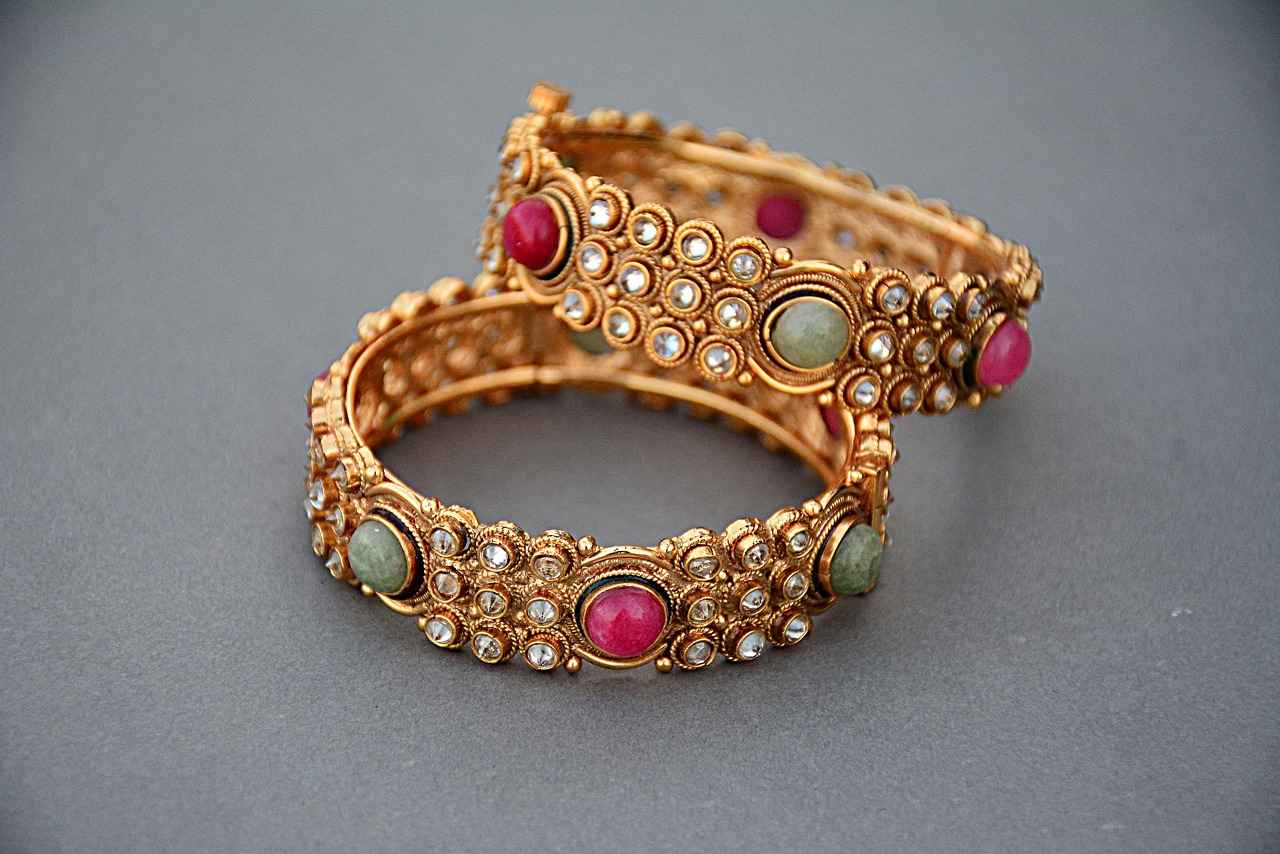
How Do Auction Houses Evaluate Jewelry?
When selling jewelry, understanding how auction houses evaluate items is crucial for maximizing value. This process is not merely a formality but a comprehensive assessment that can significantly impact the final sale price and overall auction strategy. In this section, we will delve into the intricate evaluation methods utilized by prestigious auction houses such as Sotheby’s and Christie’s.
Expert Appraisers Play a Vital Role
Auction houses employ expert appraisers who possess extensive knowledge in the field of jewelry. These professionals are tasked with examining various aspects of each piece, including:
- Quality: This involves assessing the craftsmanship, materials, and overall condition of the jewelry.
- Provenance: The history of ownership is crucial, as pieces with a notable background often fetch higher prices.
- Market Demand: Appraisers analyze current market trends to gauge interest in specific styles, designers, or periods.
The Evaluation Process
The evaluation process typically begins with a thorough inspection of the jewelry. Appraisers use specialized tools to examine gemstones and precious metals. They also refer to industry databases and auction records to compare similar items. This comprehensive analysis helps in establishing a fair and competitive estimate.
Impact on Sale Price
The insights gained from this evaluation are pivotal in determining the expected sale price. For instance, if a piece is identified as having significant historical importance or is from a renowned designer, it can command a much higher price than initially anticipated. Additionally, understanding the market demand allows auction houses to set realistic expectations for sellers, ensuring that both parties are aligned.
Strategic Auction Planning
Once the appraisal is complete, the auction house formulates a strategy tailored to the piece. This includes deciding on:
- Timing: Choosing the right auction date can influence the number of potential buyers.
- Marketing: Highlighting unique features of the jewelry can attract more bidders.
- Cataloging: Properly presenting the item in auction catalogs is essential for visibility.
Conclusion
In summary, the evaluation of jewelry by auction houses is a detailed process that requires expertise and market knowledge. By employing skilled appraisers, auction houses ensure that each piece is accurately assessed, which in turn influences the expected sale price and overall auction strategy. Understanding this process can empower sellers to make informed decisions when considering auctions as a viable method for selling their jewelry.
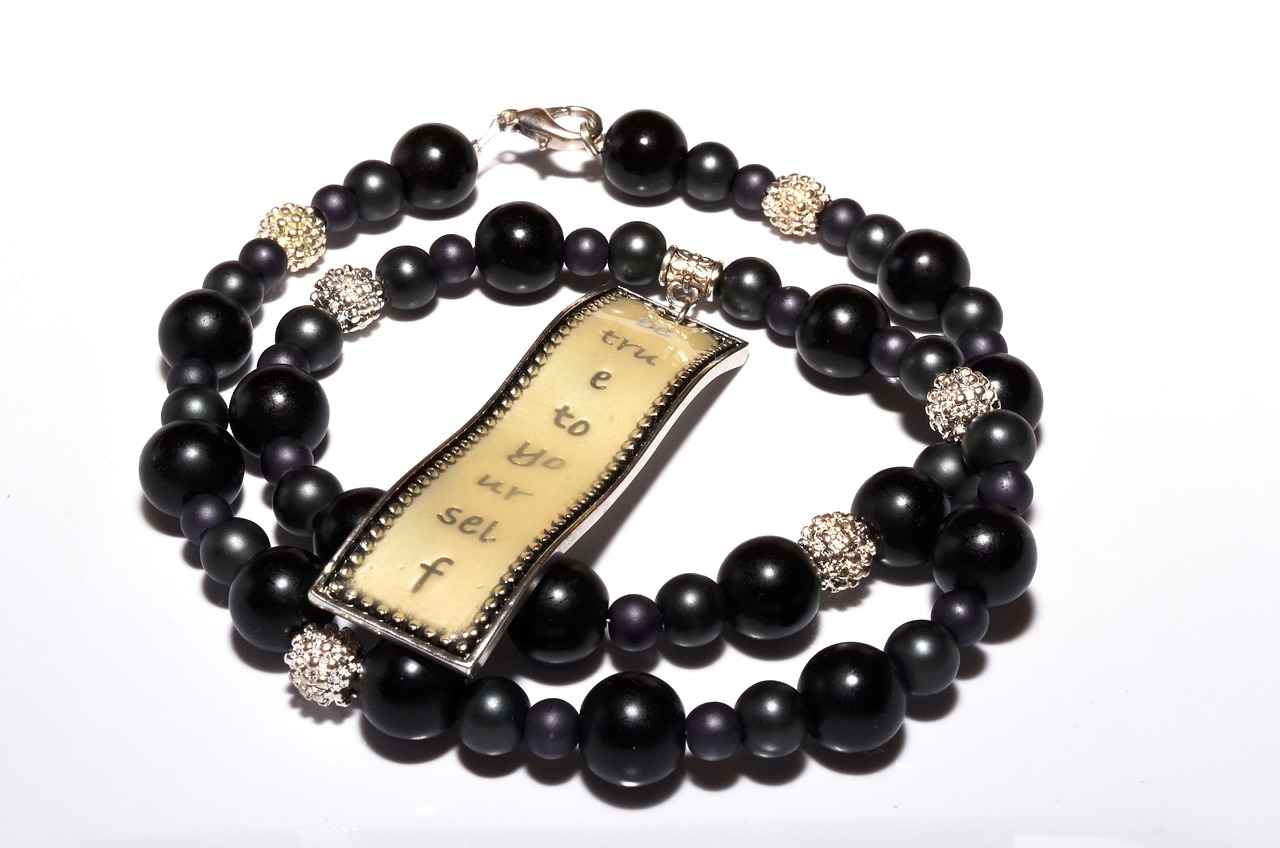
What Are the Benefits of Selling Through Sotheby’s?
Selling jewelry through Sotheby’s provides numerous benefits that can significantly enhance the selling experience and potential returns for sellers. As one of the leading auction houses in the world, Sotheby’s offers a unique platform that combines expertise, marketing prowess, and a prestigious reputation. Below, we explore the key advantages of selling jewelry through Sotheby’s.
- Access to a Global Clientele: One of the most significant advantages of selling through Sotheby’s is the access to a vast, international audience. Sotheby’s has a network of clients and collectors worldwide, which means that your jewelry can reach potential buyers who appreciate its value and uniqueness.
- Expert Marketing Strategies: Sotheby’s employs sophisticated marketing techniques to promote its auctions. This includes high-quality cataloging, targeted advertising, and the use of digital platforms to reach a broader audience. By showcasing your jewelry in an appealing way, Sotheby’s can attract more bidders, potentially driving up the final sale price.
- Reputation for Quality: Sotheby’s is synonymous with high-quality auctions. The auction house’s longstanding reputation for excellence can enhance the perceived value of your jewelry. Buyers often feel more confident purchasing items from a reputable auction house, leading to a higher likelihood of achieving a favorable sale price.
- Expert Appraisal and Valuation: Sotheby’s employs skilled appraisers who specialize in jewelry. These experts assess the quality, provenance, and market demand for your piece, providing you with a realistic estimate of its value. This professional evaluation can help you set appropriate expectations and auction strategies.
- Personalized Service: When selling through Sotheby’s, you receive personalized attention from experienced specialists. They guide you through the entire process, from consignment to the auction, ensuring that you are well-informed and prepared at every step.
- Comprehensive Auction Process: Sotheby’s has a well-structured auction process that includes detailed cataloging, marketing, and a transparent bidding system. This organized approach can instill confidence in sellers, knowing that their items will be handled professionally.
- Post-Sale Support: After the auction, Sotheby’s provides support in terms of payment processing and logistics. Sellers can rest assured that they will receive their proceeds promptly and that any unsold items will be handled according to their preferences.
- Networking Opportunities: Selling through Sotheby’s can also open doors to networking opportunities within the luxury market. Sellers may connect with collectors, dealers, and other industry professionals, which can be beneficial for future sales or collaborations.
In summary, selling jewelry through Sotheby’s offers an array of advantages, including global reach, expert marketing, and a strong reputation that can enhance the value of your items. By leveraging these benefits, sellers can maximize their potential returns and ensure a successful auction experience.
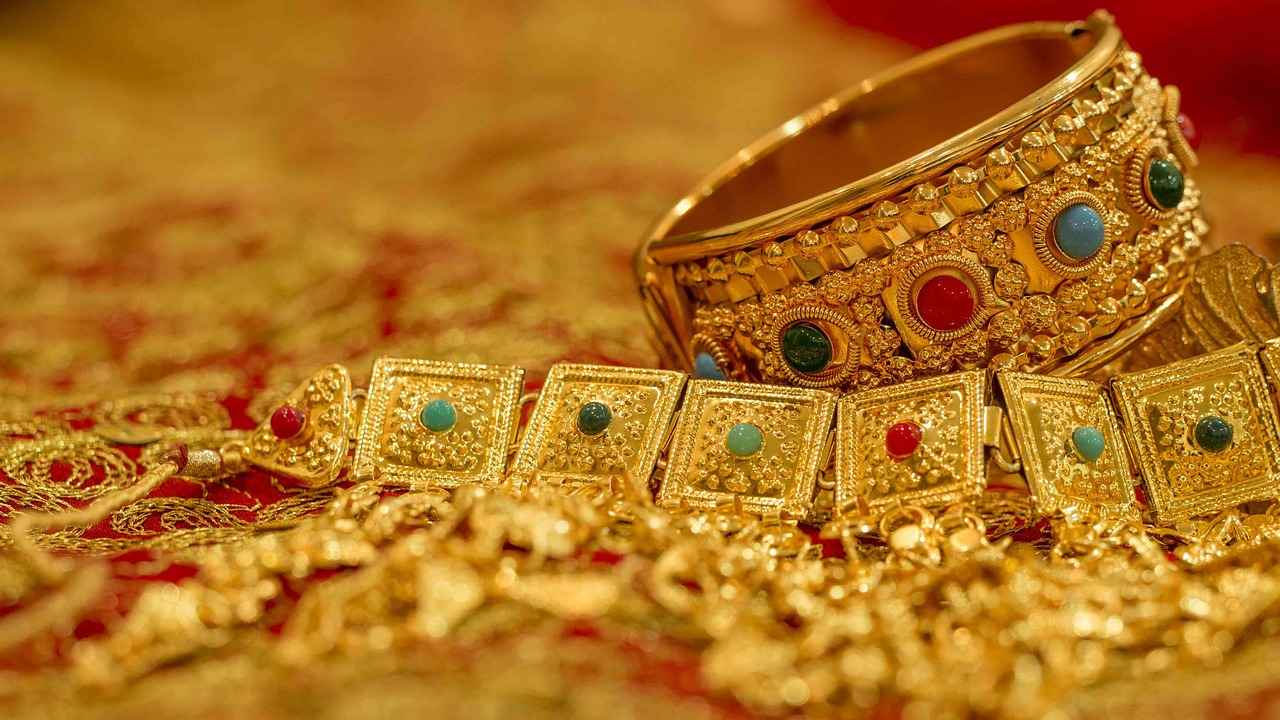
What Are the Benefits of Selling Through Christie’s?
When considering the sale of fine jewelry, many sellers find themselves weighing their options between various platforms. One prominent choice is Christie’s, a prestigious auction house with a long-standing reputation in the world of luxury sales. This section delves into the unique benefits of selling through Christie’s, highlighting why it stands out in the competitive auction landscape.
Christie’s offers an array of advantages that cater specifically to jewelry sellers. Here are some of the key benefits:
- Personalized Service: At Christie’s, sellers receive tailored assistance throughout the entire selling process. From initial consultations to post-auction follow-ups, dedicated specialists ensure that each seller’s needs are met with care and expertise.
- Specialized Jewelry Auctions: Christie’s hosts exclusive jewelry auctions that attract a targeted audience of collectors and enthusiasts. This specialization enhances the visibility of the pieces being sold, often leading to competitive bidding and higher final sale prices.
- Strong Online Presence: In today’s digital age, Christie’s has developed a robust online platform that allows sellers to reach a global audience. Their online auctions and virtual previews make it easier for potential buyers to engage with the jewelry, increasing the chances of a successful sale.
- Expert Appraisals: Christie’s employs a team of expert appraisers who assess each piece’s quality, provenance, and market demand. This professional evaluation helps sellers set realistic expectations for their items, ensuring they receive a fair price.
- Reputation for Integrity: With a history dating back to 1766, Christie’s has built a reputation for integrity and transparency. Sellers can feel confident that their items are in capable hands and that the auction process is conducted fairly.
Christie’s doesn’t just focus on the auction; they emphasize the overall experience for sellers. By offering comprehensive marketing strategies, they ensure that each piece is showcased effectively. This includes high-quality photography, detailed descriptions, and promotional efforts that highlight the unique aspects of the jewelry.
From the moment a seller decides to consign their jewelry, Christie’s provides extensive support. This includes:
- Initial consultations to discuss the seller’s goals- Assistance with documentation and provenance verification- Strategic advice on timing and auction selection- Ongoing communication throughout the auction process
While Christie’s offers numerous benefits, it is essential for sellers to be aware of the fees involved. These typically include a seller’s commission, which is a percentage of the final sale price, as well as any marketing costs associated with promoting the jewelry. Understanding these fees can help sellers accurately assess their potential profits.
Market trends play a significant role in the success of jewelry sales at Christie’s. Sellers are encouraged to stay informed about current styles, materials, and buyer preferences. By aligning their sales with market demand, sellers can maximize their returns.
In conclusion, Christie’s offers a compelling option for selling jewelry, thanks to its personalized service, specialized auctions, and strong online presence. By leveraging these advantages, sellers can enhance their chances of achieving successful sales while enjoying a seamless and supportive auction experience.
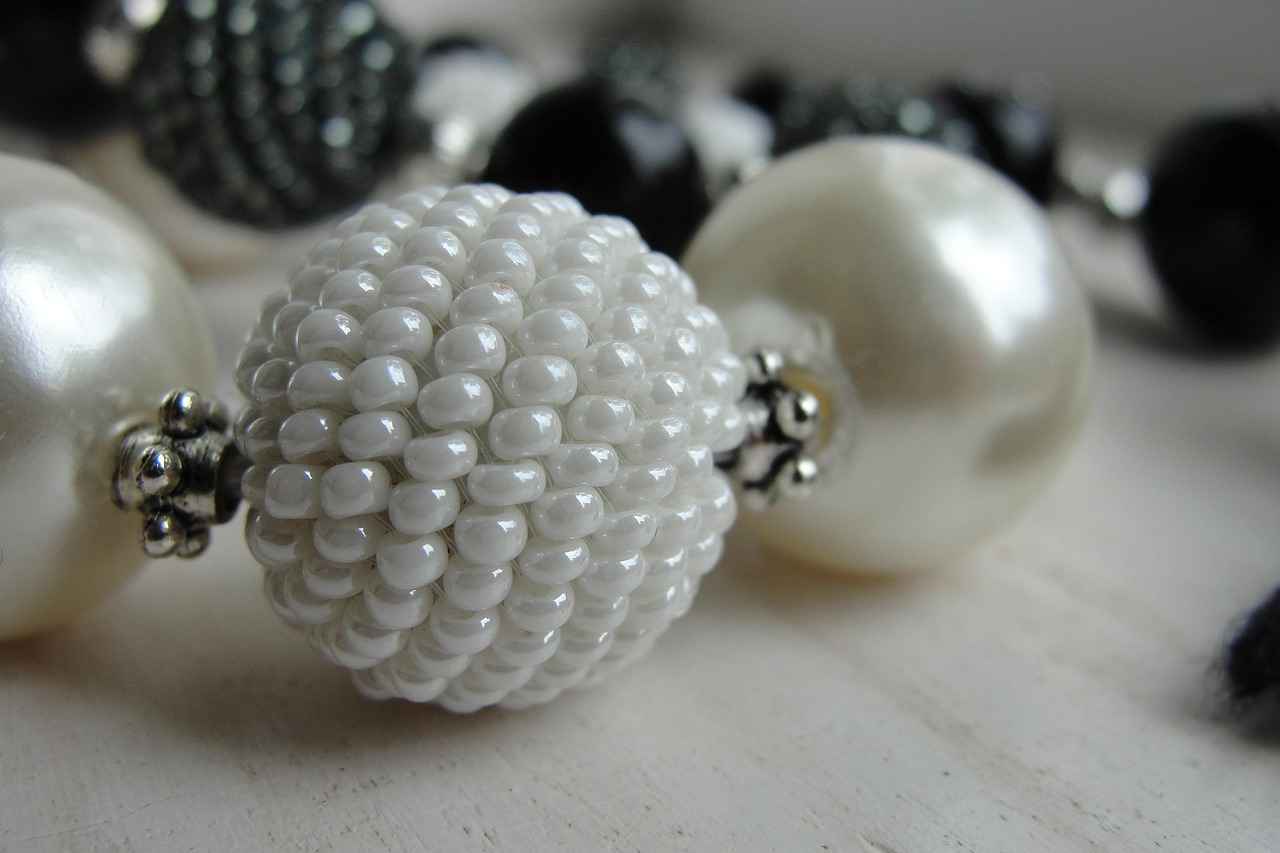
What Are the Fees Involved in Selling Jewelry?
When considering the sale of jewelry through prestigious auction houses like Sotheby’s and Christie’s, it is essential for sellers to understand the various fees associated with the process. These fees can significantly impact the overall profit from the sale, making it crucial for potential sellers to conduct thorough research and planning.
Both Sotheby’s and Christie’s charge a range of fees that can be categorized into several key areas:
- Seller’s Commissions: This is a primary fee that sellers must pay once their jewelry is sold. Typically, this commission is a percentage of the final sale price and can vary based on the auction house and the value of the item. Understanding this percentage is vital to calculating net profits.
- Marketing Costs: Auction houses invest in marketing to promote the jewelry being sold. This can include photography, cataloging, and advertising costs. Sellers should inquire about these expenses upfront, as they can add to the overall fees.
- Insurance Fees: During the auction process, jewelry is often insured to protect against loss or damage. Sellers may be responsible for a portion of these insurance costs, which should be factored into the overall selling price.
- Transportation Fees: If the jewelry needs to be shipped to the auction house, sellers may incur transportation fees. It is advisable to discuss these costs with the auction house to avoid surprises.
- Unsold Item Fees: In some cases, if an item does not sell at auction, the seller may still be responsible for certain fees, such as cataloging or storage fees. Understanding these potential costs is important for sellers to avoid unexpected financial burdens.
Understanding these fees is crucial for sellers to assess their potential profits accurately. For instance, if a piece of jewelry sells for $10,000 and the seller’s commission is 25%, the seller would only receive $7,500 after fees. Additionally, if marketing costs and other fees amount to $1,000, the net profit is further reduced. Therefore, it is essential for sellers to have a clear understanding of all applicable fees before proceeding.
Moreover, it is advisable for sellers to compare the fee structures of both auction houses. While Sotheby’s and Christie’s are both reputable, their fee structures may differ, and one may offer more favorable terms than the other depending on the specific circumstances of the sale.
In conclusion, being well-informed about the fees involved in selling jewelry through Sotheby’s or Christie’s can empower sellers to make better decisions. By carefully evaluating these costs and understanding their implications on potential profits, sellers can navigate the auction process more effectively and enhance their overall selling experience.

How Does the Auction Process Work?
Understanding the auction process at prestigious houses like Sotheby’s and Christie’s is essential for anyone considering selling jewelry. This process can seem daunting, but it can be navigated effectively with the right knowledge.
The auction process typically unfolds in a series of well-defined steps:
- Consignment: The first step involves the seller consigning their jewelry to the auction house. This means the seller formally agrees to allow the auction house to sell their items on their behalf.
- Evaluation: After consignment, the auction house conducts a thorough evaluation of the jewelry. Expert appraisers assess the item’s quality, authenticity, and market demand, which will influence its estimated value.
- Cataloging: Once evaluated, the jewelry is cataloged. This step is crucial as it involves creating a detailed description and high-quality images that will be used to promote the item in the auction catalog.
- Marketing: Auction houses leverage their extensive networks to market the items. This includes online listings, social media campaigns, and targeted outreach to potential buyers, ensuring maximum visibility.
- The Auction Event: Finally, the actual auction takes place, either in person or online. Bidders compete for the items, and the auctioneer manages the bidding process to achieve the highest possible price.
Being familiar with the auction process can significantly benefit sellers. Understanding each step allows sellers to:
- Make informed decisions regarding consignment agreements.
- Prepare their items for evaluation and cataloging effectively.
- Engage with the auction house for marketing strategies that enhance visibility.
- Set realistic expectations for the auction event based on expert evaluations.
Sellers should consider several factors as they navigate the auction process:
- Transparency: Ensure clarity regarding fees, including commissions and any additional costs related to marketing and cataloging.
- Timing: The timing of the auction can impact the selling price. Sellers should be aware of market trends and seasonal fluctuations that might affect buyer interest.
- Documentation: Proper documentation, including certificates of authenticity and appraisals, can enhance the item’s appeal and value during the auction.
To maximize their auction experience, sellers should:
- Research: Familiarize themselves with past auction results for similar items to set realistic expectations.
- Consult Experts: Engage with experts at the auction house to understand how to present their items best.
- Be Proactive: Actively participate in discussions with the auction house regarding marketing strategies and auction timing.
In summary, the auction process at Sotheby’s and Christie’s consists of several critical steps, from consignment to the auction event itself. By understanding and navigating this process effectively, sellers can enhance their chances of achieving successful sales outcomes.
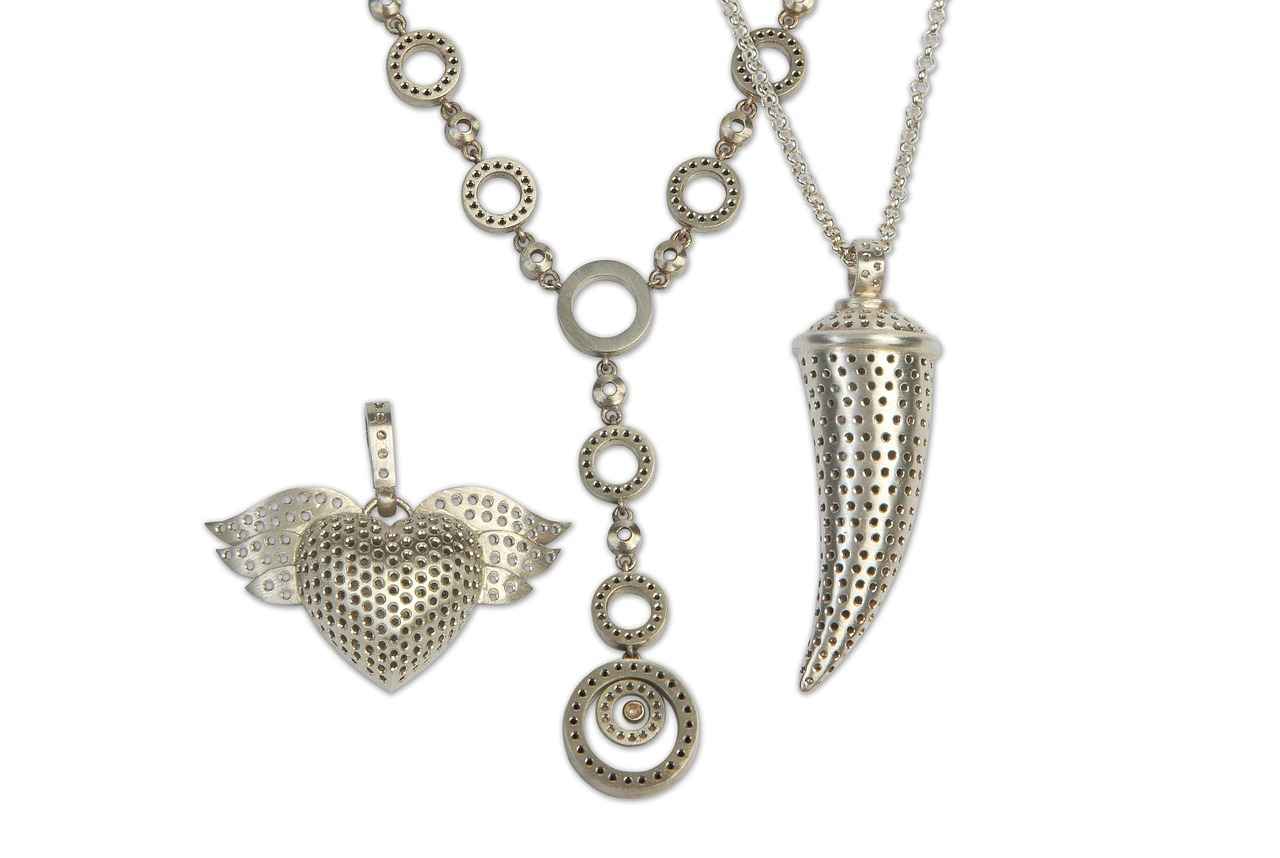
What Should Sellers Consider Before Choosing an Auction House?
When it comes to selling jewelry, choosing the right auction house can be a pivotal decision. Understanding the nuances of each auction house is essential for sellers looking to maximize their returns. Here, we delve into critical factors that sellers should consider before making their choice.
- Specialization of the Auction House: Different auction houses have varying areas of expertise. Some may focus on contemporary pieces, while others specialize in vintage or antique jewelry. Sellers should assess whether the auction house has a proven track record in selling items similar to theirs. This specialization can significantly impact the visibility and desirability of the jewelry.
- Reputation and Credibility: The reputation of an auction house plays a crucial role in attracting buyers. A well-regarded auction house like Sotheby’s or Christie’s often commands higher prices due to their established credibility. Sellers should research past auction results and read reviews to gauge the auction house’s standing in the market.
- Past Performance with Similar Items: Analyzing the auction house’s history with similar jewelry pieces is vital. Sellers should look at past auction results to see how comparable items performed. This information can provide insights into the potential sale price and the auction house’s ability to market the item effectively.
- Marketing and Promotion: Effective marketing strategies can enhance visibility and drive competitive bidding. Sellers should inquire about the auction house’s marketing plans, including online promotions, catalogs, and targeted outreach. A robust marketing strategy can lead to better outcomes for sellers.
- Fee Structure: Understanding the fees involved is essential for assessing potential profits. Auction houses typically charge seller commissions, marketing fees, and other costs. Sellers should request a detailed breakdown of these fees to avoid any surprises and to calculate their net returns accurately.
- Customer Service: The level of customer service can greatly influence a seller’s experience. Sellers should consider whether the auction house provides personalized support throughout the selling process. A dedicated representative can assist with questions and ensure a smooth transaction.
In conclusion, by carefully evaluating these factors, sellers can make informed decisions when choosing an auction house. This thoughtful consideration not only enhances the likelihood of achieving favorable sale outcomes but also contributes to a more satisfying selling experience overall.
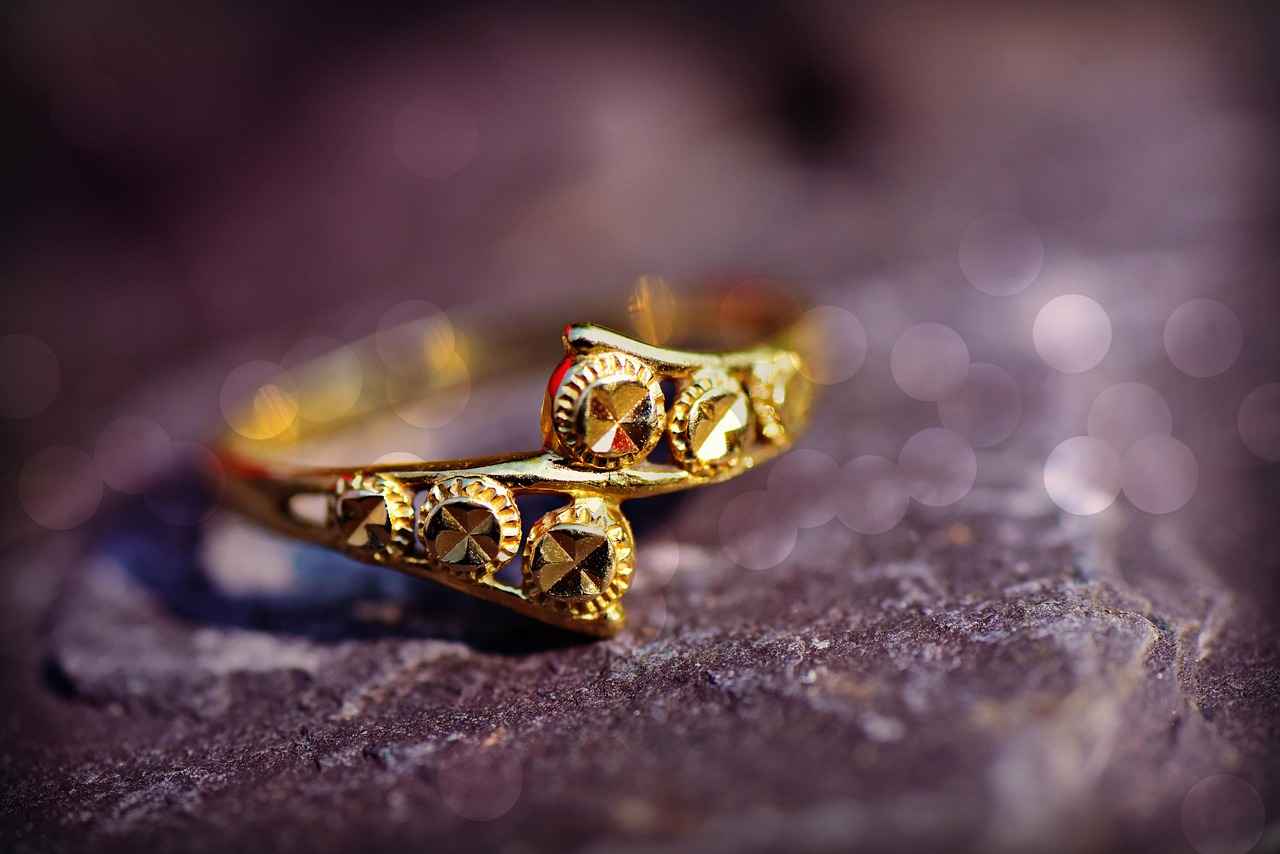
How Do Market Trends Affect Jewelry Sales?
Market trends play a pivotal role in determining the success of jewelry sales at auction. For sellers, understanding these trends is essential to optimize their sales strategy and achieve maximum returns. The jewelry market is influenced by various factors, including consumer preferences, economic conditions, and fashion cycles. By keeping abreast of these dynamics, sellers can make informed decisions about when to sell their pieces.
Why Are Market Trends Important? Staying updated on market trends allows sellers to identify which styles, materials, and periods are currently in demand. For instance, if vintage jewelry is gaining popularity, a seller with a collection from that era might benefit from timing their sale to coincide with this trend. Conversely, selling a piece that is out of fashion can lead to lower bids and less interest from buyers.
Factors Influencing Market Trends
- Fashion Influences: Trends in the fashion industry can significantly impact jewelry sales. Designers often showcase bold and unique pieces during fashion weeks, which can shift consumer interest towards similar styles.
- Celebrity Endorsements: When celebrities are seen wearing certain jewelry styles, it can create a surge in demand. Sellers should monitor red carpet events and celebrity news to gauge potential trends.
- Economic Conditions: The overall economic climate affects consumer spending power. During economic downturns, luxury items like jewelry may see a decrease in demand, while a booming economy can lead to increased sales.
- Seasonal Changes: Certain times of the year, such as holidays and wedding seasons, can affect jewelry sales. Sellers should consider these periods when planning their auctions.
How to Stay Informed About Market Trends
Sellers can utilize various resources to stay informed about current market trends:
- Industry Publications: Reading jewelry industry magazines and reports can provide insights into emerging trends and market forecasts.
- Online Marketplaces: Observing which types of jewelry are selling well on platforms like eBay or Etsy can help sellers understand consumer preferences.
- Social Media: Following jewelry influencers and brands on social media platforms can reveal popular styles and trends among consumers.
Timing Your Sale
Once sellers have a grasp of current trends, the next step is to time their sales strategically. This involves not only understanding when to sell but also recognizing how to present their items effectively. For example, if a particular gemstone is trending, highlighting that feature in the auction listing can attract more buyers.
Conclusion
In conclusion, being aware of market trends is crucial for anyone looking to sell jewelry at auction. By understanding the factors that influence these trends and staying informed, sellers can time their sales for optimal results. The jewelry market is ever-evolving, and those who adapt to its changes will likely see greater success in their auction endeavors.
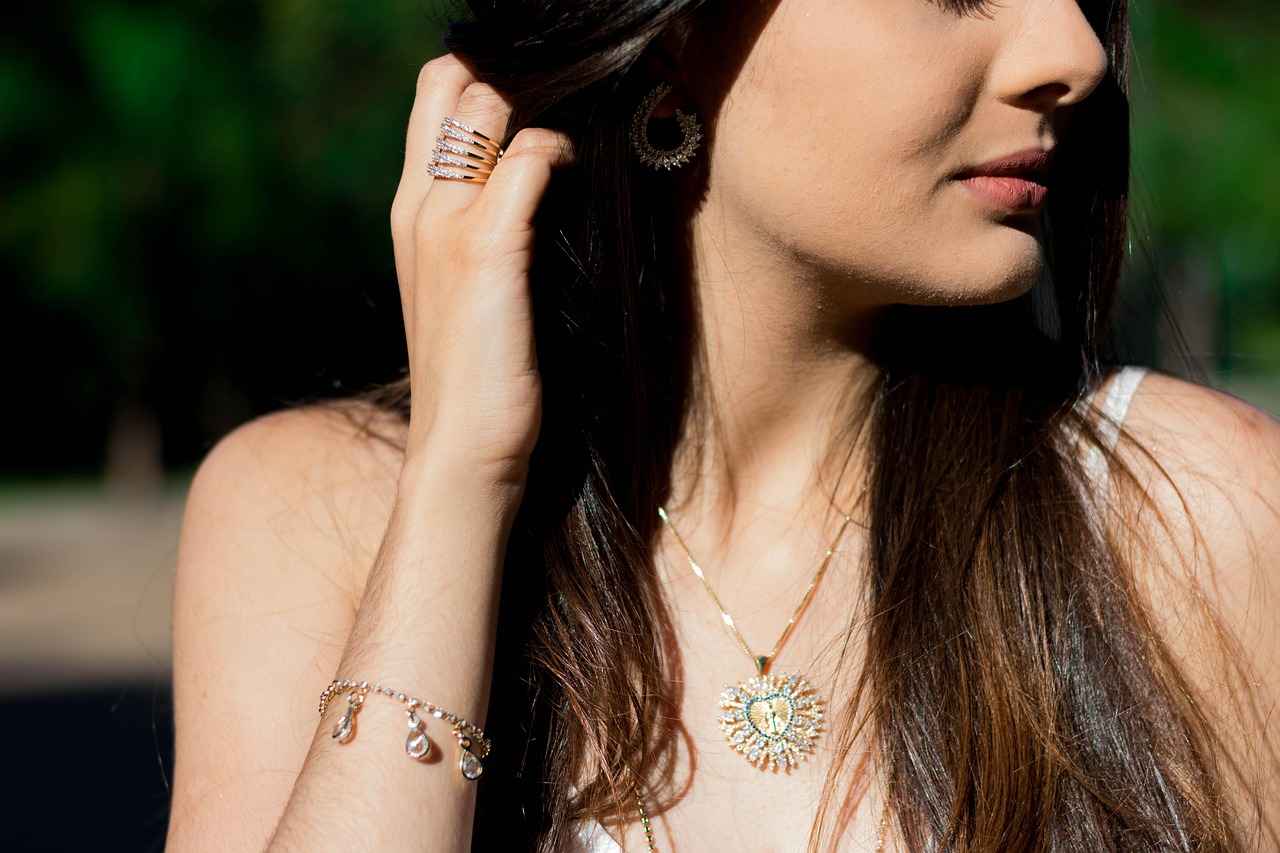
What Are Common Mistakes to Avoid When Selling Jewelry?
When it comes to selling jewelry, particularly through prestigious auction houses like Sotheby’s and Christie’s, understanding the process is crucial. Many sellers fall into common traps that can hinder their success and profitability. By being aware of these pitfalls, you can significantly enhance your selling experience and maximize your returns.
One of the most frequent mistakes is underestimating the various fees associated with selling jewelry at auction. Both Sotheby’s and Christie’s charge seller’s commissions, which can vary depending on the item’s value and the auction house itself. Additionally, there may be marketing costs, shipping fees, and insurance charges. It is vital to conduct thorough research and request a detailed breakdown of all associated costs to avoid unexpected deductions from your final sale price.
Proper documentation is essential when selling jewelry. Many sellers overlook the importance of providing certificates of authenticity, appraisals, and provenance records. These documents not only enhance the item’s credibility but also help in establishing its market value. Without adequate documentation, potential buyers may be hesitant to bid, resulting in lower sale prices.
Choosing the right auction house is critical. Sellers often fail to research the auction house’s specialization and past performance with similar items. Each house has its unique strengths, and understanding these can significantly impact your selling strategy. Look for auction houses that have a strong track record in selling jewelry similar to yours, as this can lead to a more favorable outcome.
Market trends play a pivotal role in the sale of jewelry. Sellers who are unaware of current trends may miss the opportunity to time their sales effectively. Researching market demand and seasonal fluctuations can help you determine the best time to sell, ensuring that your jewelry reaches the right audience at the right moment.
Another common mistake is overvaluing your jewelry. Emotional attachment can cloud judgment, leading sellers to set unrealistic price expectations. It is advisable to seek professional appraisals and consider recent sales of similar items to establish a competitive price point. Being realistic about the value of your jewelry will not only attract more potential buyers but also facilitate a smoother sale process.
Finally, many sellers underestimate the importance of presentation. Neglecting to clean and properly display your jewelry can deter potential buyers. Ensure that your items are in excellent condition and consider investing in professional photography for online listings. A well-presented piece can significantly enhance its appeal and perceived value.
In conclusion, avoiding these common mistakes can greatly improve your chances of a successful sale when working with auction houses like Sotheby’s and Christie’s. By being aware of fees, preparing proper documentation, researching your chosen auction house, staying informed about market trends, setting realistic expectations, and ensuring proper presentation, you can navigate the selling process with confidence and achieve the best possible outcome.

What Alternatives Exist to Selling Through Auction Houses?
When it comes to selling jewelry, many individuals often think of prestigious auction houses like Sotheby’s and Christie’s. However, there are several alternatives that sellers should consider, each with its own set of advantages and disadvantages. Understanding these options can help sellers make informed decisions that align with their goals and circumstances.
Private sales involve selling jewelry directly to an individual or through a private dealer. This method can offer several benefits:
- Confidentiality: Sellers can maintain privacy regarding the sale price and details.
- Negotiable Terms: Sellers have the flexibility to negotiate terms directly with buyers.
- No Auction Fees: Avoiding auction house fees can lead to higher profits.
However, private sales can also present challenges such as limited market access and the need for careful vetting of potential buyers to avoid scams.
With the rise of e-commerce, online marketplaces have become a popular choice for selling jewelry. Platforms like eBay, Etsy, and specialized jewelry sites allow sellers to reach a wide audience. Key benefits include:
- Wider Reach: Sellers can connect with buyers from around the world.
- Lower Fees: Many online platforms charge lower fees compared to auction houses.
- Control Over Listings: Sellers can create their own listings and set prices.
However, sellers must also consider potential downsides, such as increased competition and the need for effective marketing to stand out.
Consignment shops offer another avenue for selling jewelry. In this scenario, sellers provide their items to a shop that sells them on their behalf. This option has its own unique advantages:
- Expert Assistance: Consignment shops often have knowledgeable staff who can help with pricing and presentation.
- Local Exposure: Sellers can reach local buyers who prefer shopping in person.
- Less Hassle: The shop handles the sale process, allowing sellers to focus on other tasks.
On the downside, sellers may face higher commission rates and less control over the sales process compared to selling directly.
When weighing these alternatives against auction house sales, it is essential to consider the specific needs and goals of the seller. While auction houses offer a prestigious platform and potentially higher sale prices, alternatives like private sales, online marketplaces, and consignment shops can provide flexibility, lower fees, and a more personal selling experience.
Ultimately, the choice of selling method should align with the seller’s priorities, whether that be maximizing profit, ensuring privacy, or minimizing effort in the selling process. By exploring these options thoroughly, sellers can make informed decisions that best suit their individual circumstances.
Frequently Asked Questions
- What types of jewelry can I sell through Sotheby’s or Christie’s?
You can sell a wide variety of jewelry, including fine gemstones, vintage pieces, designer items, and even estate jewelry. Both auction houses have a keen interest in high-quality items with a compelling story or provenance.
- How long does the auction process take?
The auction process can vary but typically takes several weeks to a few months. This includes the time for appraisal, cataloging, and marketing your piece before it goes under the hammer. Patience is key!
- What happens if my jewelry doesn’t sell at auction?
If your item doesn’t sell, you may have the option to take it back or have it re-entered in a future auction. It’s essential to discuss this with the auction house beforehand to understand your options.
- Are there any guarantees on selling prices?
Unfortunately, there are no guarantees. The final sale price depends on various factors, including market demand and buyer interest on auction day. However, both auction houses have a strong track record of achieving high prices.
- Can I set a reserve price for my jewelry?
Yes, you can set a reserve price, which is the minimum amount you’re willing to accept. If bidding doesn’t reach this price, your jewelry won’t be sold, giving you some control over the process.
